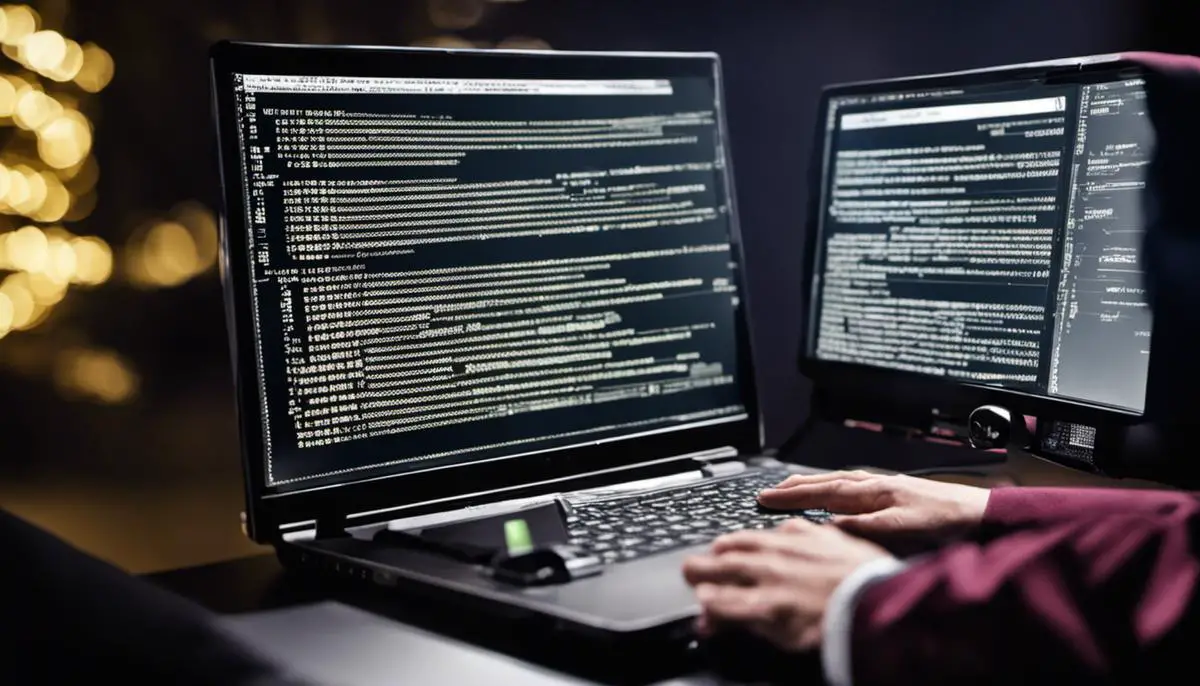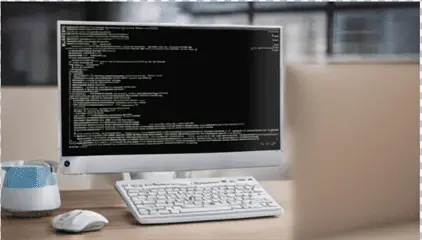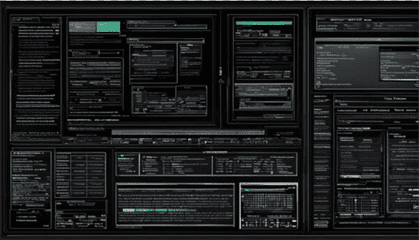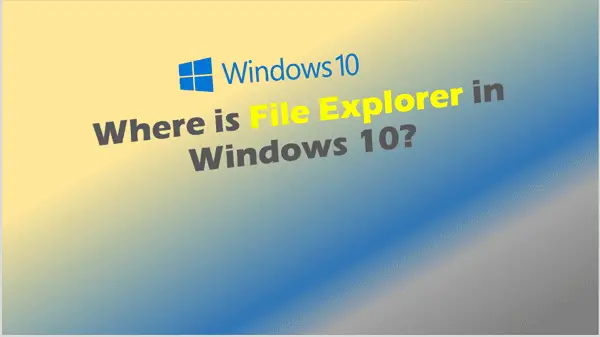How to Run Command Prompt as Admin: A Guide
Unlock the full potential of your PC. Learn to Run Command Prompt as Admin and take control of your system’s deeper functions.
In the world of computing, understanding the intricacies of the command prompt serves as a pivotal tool in harnessing the full capabilities of your system.
Command prompt, a legacy yet powerful feature present across multiple operating systems, opens up a realm of possibilities for new and experienced users alike.
By knowing how to effectively use the command prompt, one can perform tasks with efficiency and precision.
This discourse will commence with a detailed overview of what a command prompt is, its expansive functionality, and the rationale behind running it as an administrator.
Furthermore, it will lead you through the labyrinth of your operating system and unveil the step-by-step process of accessing and the command prompt therein.
Understanding Command Prompt
Understanding Command Prompt: Your Key to Greater PC Control
True tech enthusiasts undoubtedly appreciate the power that stems from an in-depth understanding of computer operation. One such realm of exploration is the command prompt, a feature that often remains untapped by average computer users. Command Prompt is a door into the fascinating world of direct interaction with your computer’s operating system.
Also referred to as cmd.exe, Command Prompt is an application included with the Windows OS that accepts Command Line Interface (CLI) commands. You might wonder, why bother with the command prompt when you have graphical user interfaces (GUI)?
Imagine a GUI as a translator acting between you and the computer. When you’re clicking around, it translates your interactions into commands that the computer can understand and respond to. While GUIs have made computers more accessible to the average user, there’s an undeniable elegance and power found in executing commands directly from command prompt.
The command prompt exists for those who prefer taking a more direct route, bypassing the GUI system. It allows users to perform tasks more efficiently and automate processes. In simple terms, it is a tool to perform administrative tasks and troubleshoot issues.
It’s all too common to feel overwhelmed when you launch Command Prompt for the first time, greeted with a blank window waiting for you to type something meaningful. Here are instructions on how to use Command Prompt:
- Click on the Start menu and search for “Command Prompt” or “cmd”.
- Upon launching Command Prompt, you’ll see a black window where you can type commands.
- Each command should be typed at the cursor location, followed by pressing the Enter key to execute.
- Use commands like ‘dir’ to display a list of files and subdirectories in a directory, or ‘ipconfig’ to display the IP configuration for all network interfaces on your machine.
Stepping into Command Prompt may seem like journeying back in time, but tech enthusiasts know that this handy tool has lasting relevance.
Whether it’s for better insight into background processes or to automate tasks, the command prompt is a powerful weapon in any tech-savvy user’s arsenal.
Unleashing the potential of Command Prompt may seem daunting, but with understanding and practice, the journey could prove to be enlightening, putting you in a league of true tech experts.
So why wait? Embark on this tech voyage today without delay.

Accessing Command Prompt on Your System
(Run Command Prompt as Admin)
Diving right in, let’s get you familiarized with locating and opening Command Prompt on your computer.
Technological advancements have transformed computers into versatile machines with user-friendly interfaces. However, for tech enthusiasts and power users, tools like Command Prompt remain crucial, enabling the execution of advanced administrative functions, troubleshooting tasks, and a variety of complex commands that aren’t readily available through the graphical interface.
Appearance-wise, Command Prompt is a simple box, but don’t be fooled. It’s a highway straight into your system’s functioning. Think of it as having a backstage pass to the concert that is your PC. You get to see what’s happening behind the flashier facade of the graphical interface.
So, where does one find such a powerful tool? For any user of Windows 10, it’s straightforward. As an early tech adopter, you’re determined to keep true to Command Prompt, even though Microsoft leans towards promoting PowerShell. One of your first steps, then, is ensuring you can quickly and easily launch Command Prompt. Here’s how:
- Wake up your PC from its slumber – just kidding, we know you’re already there, mouse in hand, eager to embark on this journey.
- Hit the Windows key or click the Start button to start the fun. Ham-fisted with excitement? Just type ‘Command Prompt’ or ‘cmd’ into the search bar near the Start button and voila!
- Of course, there’s also the slick approach. Press ‘Windows + R’ to evoke the ‘Run’ command, type in ‘cmd’, and hit Enter.
- Want to dial it up to 11? Dive into the System32 folder where Command Prompt lives. Go to C: drive -> Windows -> System32, find cmd.exe, and double click it.
Launching Command Prompt is simply the means to an end. The real power lies in what you do once you’re in. Master the language (commands such as ‘dir’, ‘ipconfig’) and the world is your oyster. Trust us, it’s worth the deep dive.
Sure, modern systems tend to steer users away from these command line interfaces. But for the tech enthusiast, Command Prompt still holds a world of possibilities, perhaps even more so now with an increasing trend towards automation and control. Using it effectively can bring unparalleled control and automation to your administrative tasks, and can make troubleshooting a cinch.
So, the next time you see that small black box, don’t be intimated. Embrace it for the key to a new level of computer mastery that it is. The Command Prompt is your friend, and an incredibly effective one at that. Remember, every great tech enthusiast knows their way around a command line interface. Go ahead, dive right in!

Run Command Prompt as Administrator
As we’ve already established, Command Prompt is a critical tool for tech enthusiasts that opens the door to control, customizability and problem-solving in ways that traditional GUIs cannot match.
However, the true magic of this tool unfolds when it’s called upon with administrative privileges. You may be wondering – why do we need to run command prompt as an administrator? What benefit does it provide?
In the world of computer management, permission is key. Essential system files and operations are not accessible to regular users, for good reason – this is an inbuilt security feature that helps protect the system from accidental misuse or malicious attacks.
Therefore, for tasks that involve modifying system settings or files, diagnosing system issues, or operating advanced network commands, the Command Prompt needs the authority of an administrator.
In reality, running Command Prompt as an administrator provides throttle-free, unhindered access to the inner workings of your computer. But caution is paramount because, with great power comes great responsibility.
Now, how do we run command prompt as an administrator? The process is simple, efficient, and works with just a few clicks.
- Locate Command Prompt in the Start Menu
- Open Command Prompt as an Administrator
- Check for Administrative Privileges
Find the Windows start button, usually located at the lower left corner of the screen. Click on it and scroll through the list of applications until you find the Windows System folder. Expand it, and you will find the Command Prompt listed.
Instead of saying a simple ‘Hello’ by left-clicking like earlier, we need to extend a formal greeting to Command Prompt. Right-click on the Command Prompt and select the “Run as administrator” option. This action prompts User Account Control to check if you have the necessary administrative privileges to run the command prompt with utmost power. Click ‘Yes’, and you’re in.
Now, you need to verify that you’ve got your superpowers. In the Command Prompt, a path will be visible. If it reads “C:windowssystem32>”, you have successfully landed in the realm of unrestricted computing.
Think of running a command prompt as an administrator akin to having VIP access at a notable tech conference. It’s the backstage pass, giving you unhindered access, the power to make impactful changes, and conquer looming tech challenges.
But, like in every theater, the backstage crew needs to operate carefully, with precision, and most importantly, with clarity on what they’re doing.
Armed with this understanding and the step-by-step guide, you are now ready to dive deep into the world that lies beyond the regular user-interface.
Unlock the power within your PC, troubleshoot like a pro, automate processes and truly become the tech maestro you’re meant to be. Ready? It’s ‘Game On’ in Command Prompt’s world – the ultimate playground for tech enthusiasts.

(Run Command Prompt as Admin)
The exercise of running the Command Prompt as an administrator unveils the advanced capabilities of your system, granting you the power to influence the core functionalities.
This often proves to be potent when handling system-specific tasks, troubleshooting, and amplifying the user’s control on the operating system. The elucidation provided herein offers a comprehensive guide to understanding, accessing, and running the command prompt as an administrator.
With a little bit of practice, you’ll be able to tap into the power of the command prompt, unravel the mysteries of your operating system and master the intricacies of its functionality.






